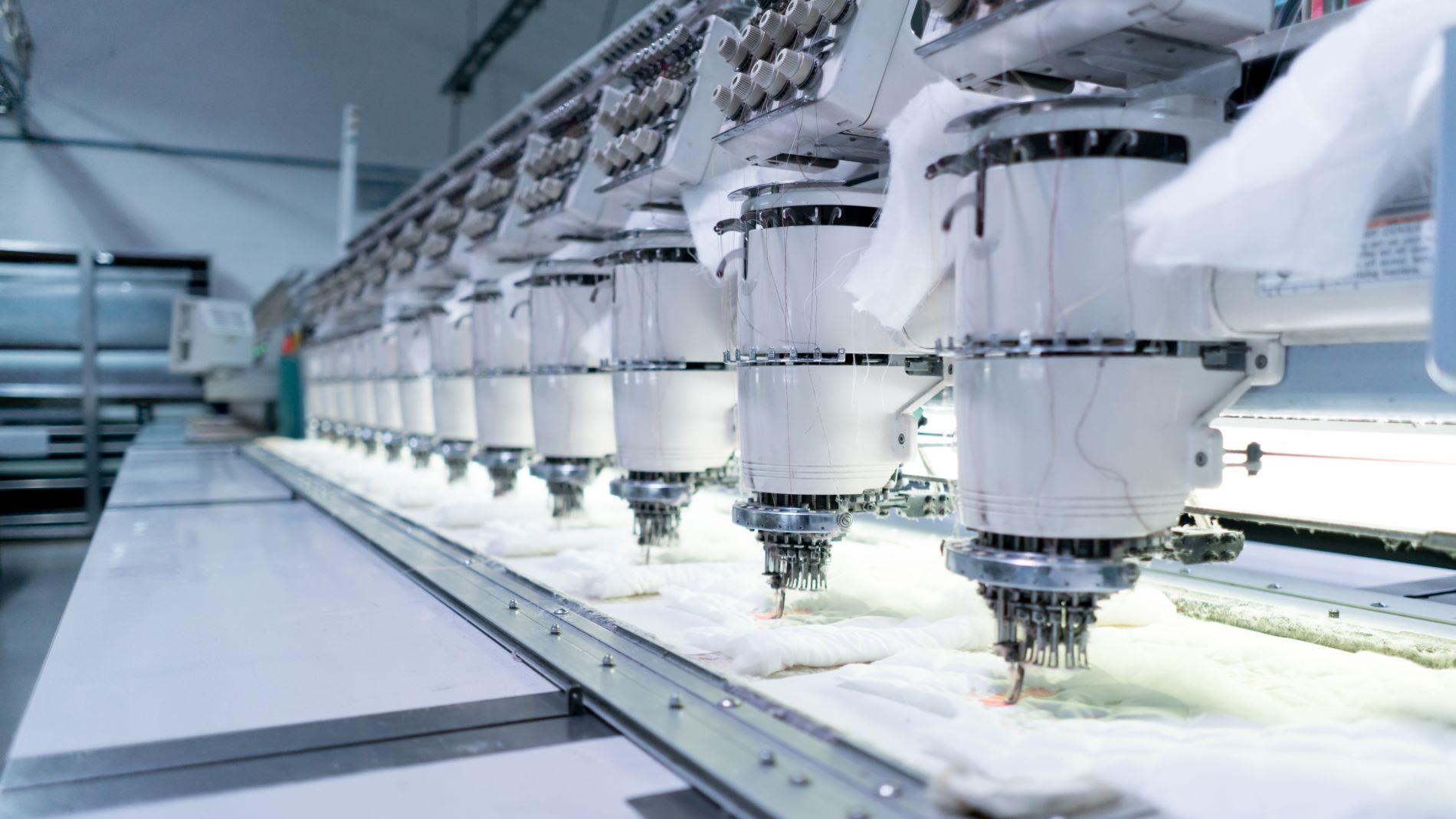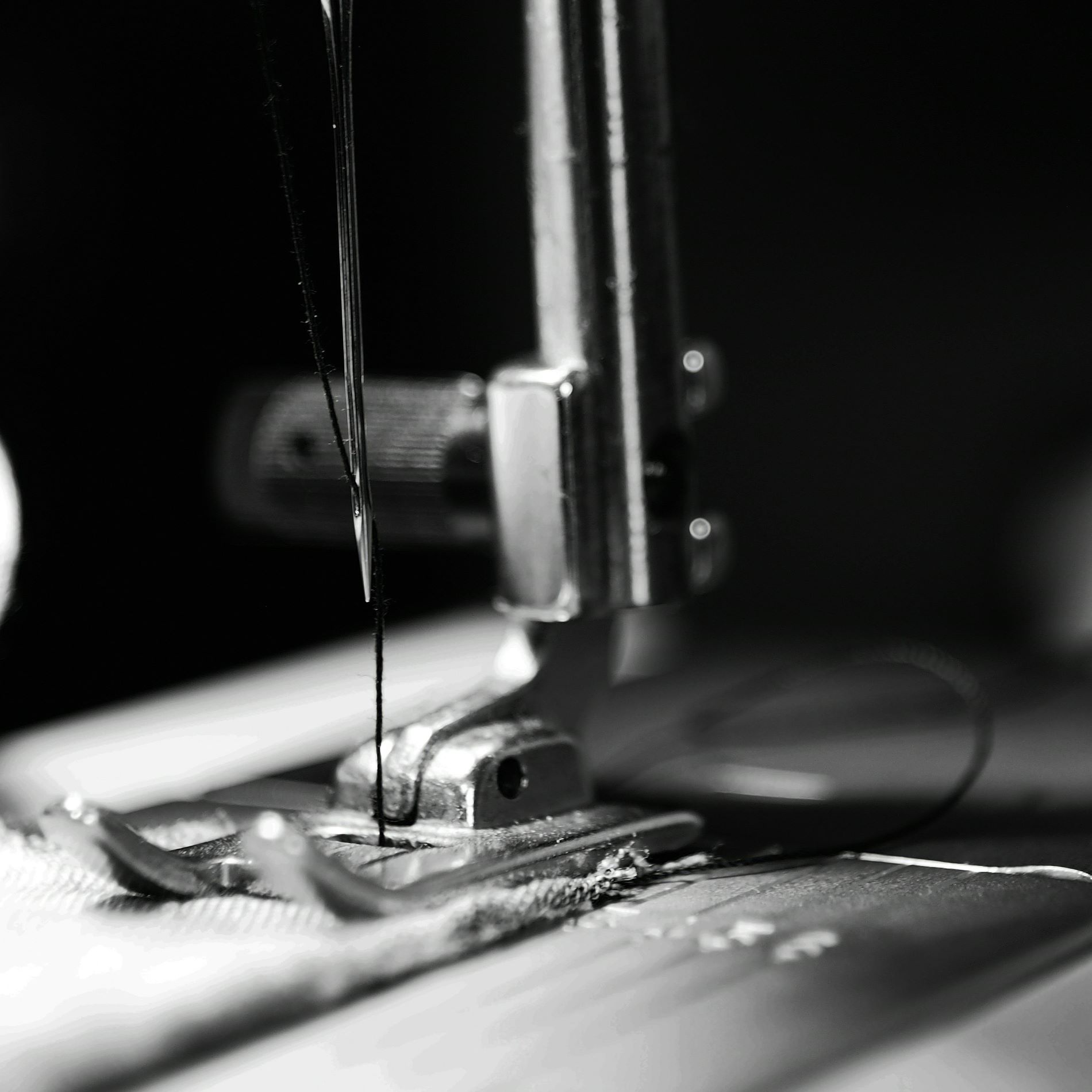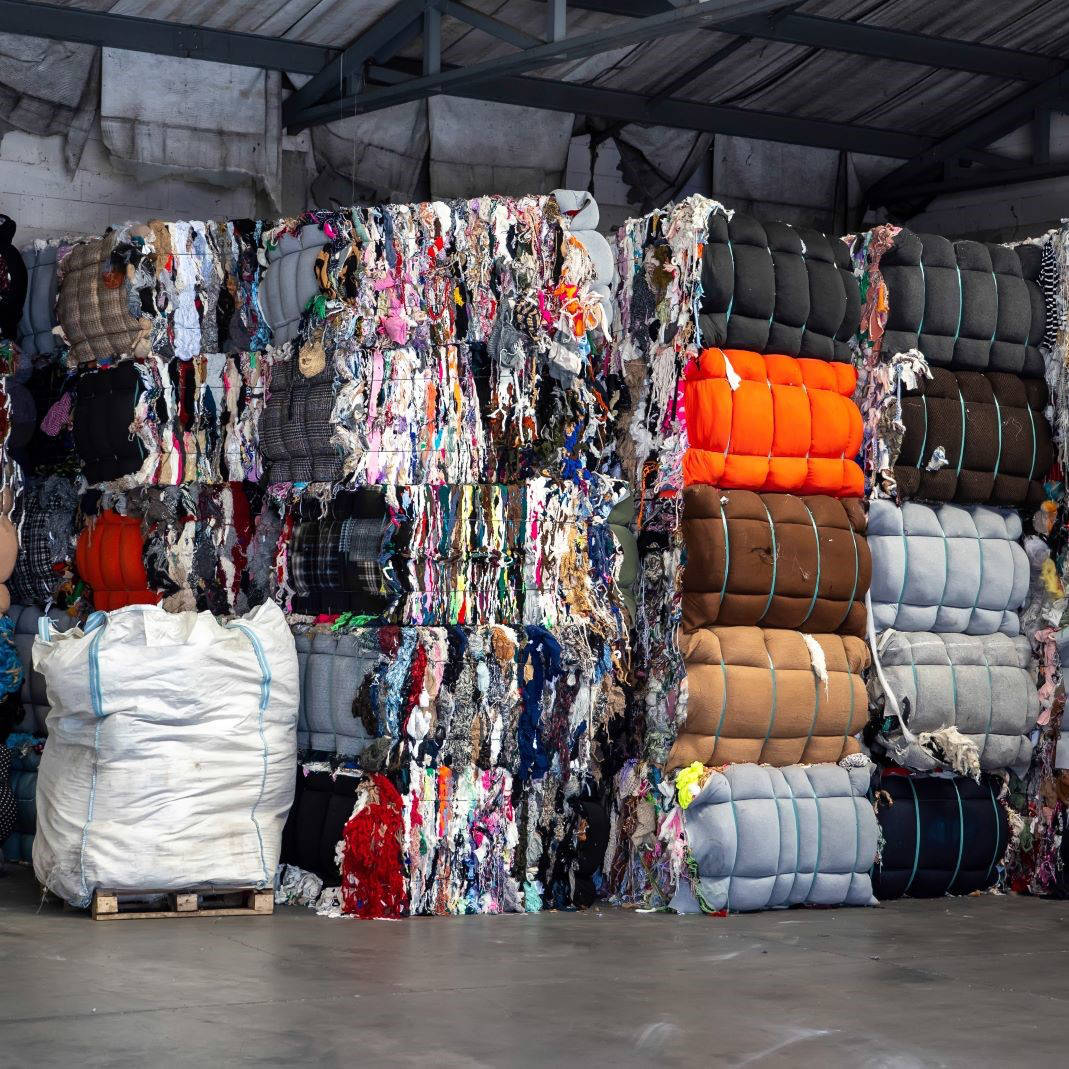Reading time: 3 minutes
The textile industry is undergoing fundamental change. Technological innovation and mounting competitive pressure are pushing the topic of automation further up the agenda. Companies must evaluate which technologies offer real-world potential – and how gains in efficiency can be achieved without compromising product quality.
Current developments in automation
Modern robotics, artificial intelligence and data-driven process control are driving the evolution of textile production. The focus is on enhancing operational efficiency while increasing production flexibility. Many solutions are still in pilot phases or undergoing industrial validation.
Several companies are already working on practical implementations. Examples include the Berlin-based start-up Adotc, Dürkopp Adler and Mikkelsen Innovation. Adotc is developing a sewing robot that can be connected directly to industrial machines, enabling automated sewing operations. The project is supported by the German Federal Environmental Foundation (DBU). Dürkopp Adler received the Texprocess Innovation Award for its 911Revolve CNC sewing system, which enables multidirectional precision sewing – ideal for applications such as automotive interiors, medical textiles and filters. Mikkelsen Innovation, also a recipient of the Texprocess Award, has developed FastSewn, a digital production system that automates sewing and cutting operations for components like airbags, upholstery and industrial filters. These examples show how intelligent technologies can significantly enhance efficiency and quality across the textile supply chain.
Key benefits of automation in textile production
Automation presents clear potential for increased performance in textile manufacturing. Companies are already applying it across a range of areas:
- Efficiency and productivity
Automated systems carry out repetitive tasks faster and with greater accuracy than manual labour. Continuous workflows reduce waste and increase production throughput. - Adaptability and flexibility
Modern automation solutions can be quickly reconfigured – particularly valuable in fashion and apparel sectors where production cycles are short and trend-driven. - Cost reduction
Less manual handling, lower defect rates and integrated process chains help cut production costs and improve competitiveness. - Improved working conditions
Tasks involving potential health risks – such as chemical finishing or manual cutting – can be automated. This reduces physical strain and enhances workplace safety.
Challenges in implementation
Despite the potential, implementation remains complex. Automation is reshaping skill requirements in production: simple manual tasks are declining, while the need for qualified, technically trained personnel is rising. This shift requires companies to invest in employee training and continuous professional development.
The textile industry is also facing significant capital expenditure. The acquisition, integration and maintenance of automated systems demand considerable financial resources – a challenge, particularly for small and medium-sized enterprises.
In addition, adapting existing production systems during ongoing operations calls for precise planning. Complex interfaces and a lack of compatibility between old and new technologies can lead to operational disruptions.
It is also important to consider that proprietary systems and external technology providers may create new dependencies. At the same time, the risks of system failures, supply chain disruptions or cyberattacks are increasing.
Conclusion: a transformative opportunity for the textile industry
Rising levels of automation offer the textile sector opportunities to improve efficiency, agility and resource use. Robotic sewing systems, AI-driven platforms and other digital solutions are reshaping manufacturing in profound ways. However, companies must weigh up investment costs, integration complexity and workforce implications carefully. The future of textile production is undoubtedly automated – but its success depends on strategic, forward-looking implementation.
FAQ – frequently asked questions
How is automation implemented in textile production?
Implementation can occur at various levels. Common examples include automated warehouse and handling systems, robot-assisted cutting stations, and AI-based control of dyeing or finishing processes.
What are the key benefits of automation in the textile industry?
The main benefits include increased production speed, reduced error rates, lower operational costs and more sustainable use of resources. It can also lead to safer and more ergonomic workplaces.
What are the major challenges in adopting automation?
Key challenges include the need for significant capital investment, the complexity of system integration, and the upskilling of staff. Technological dependencies and the risk of cyber threats must also be taken into account.










